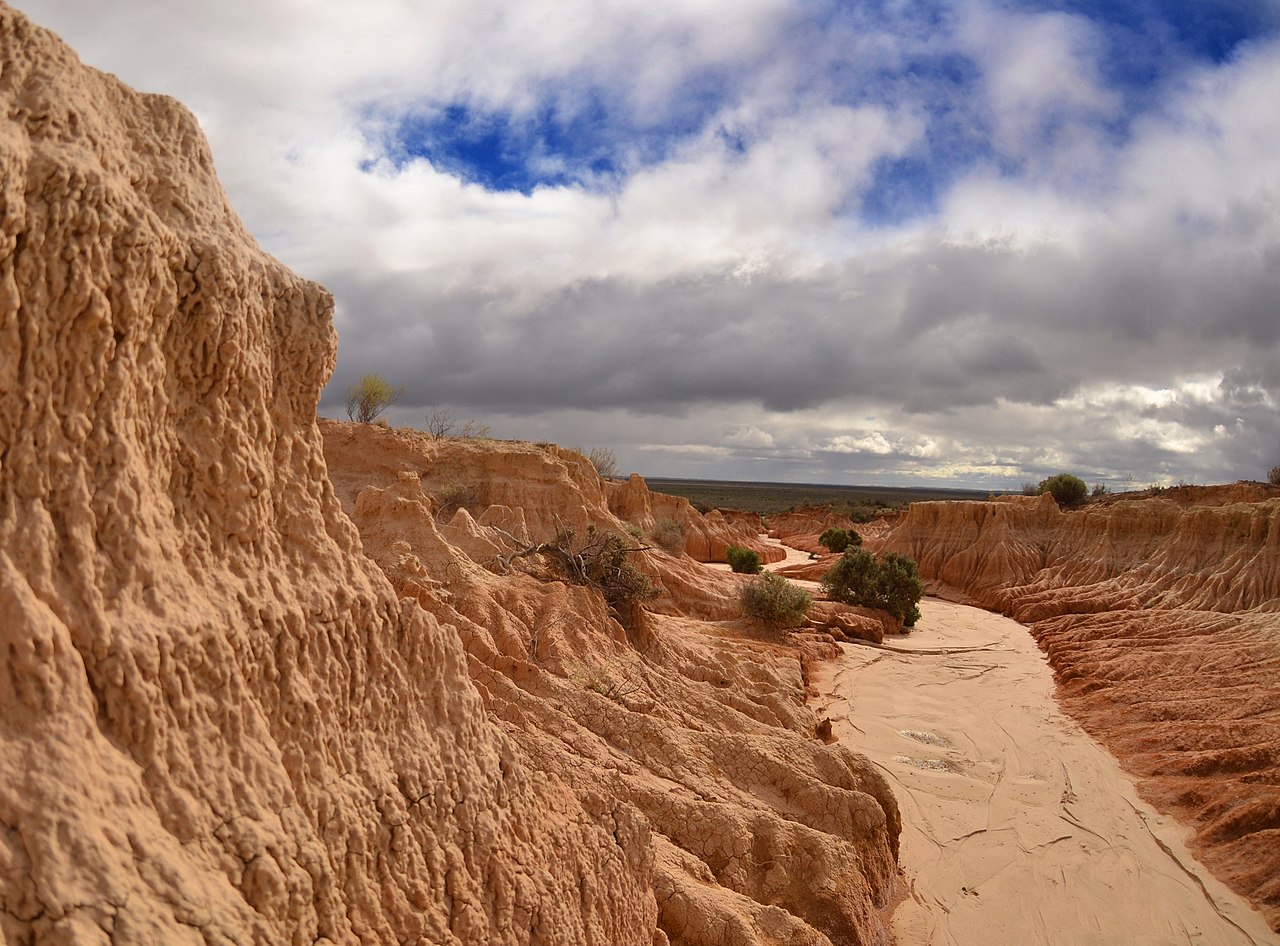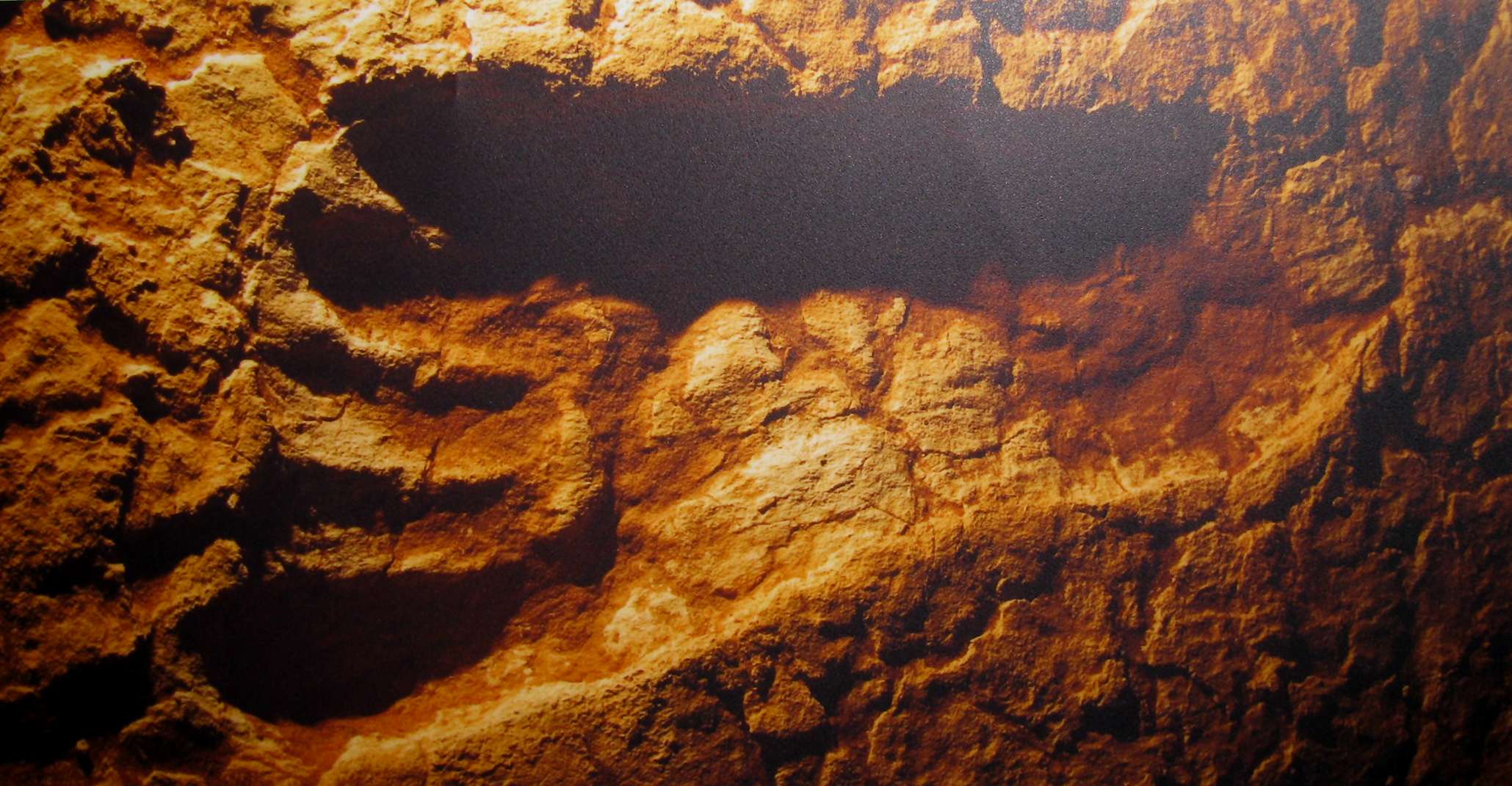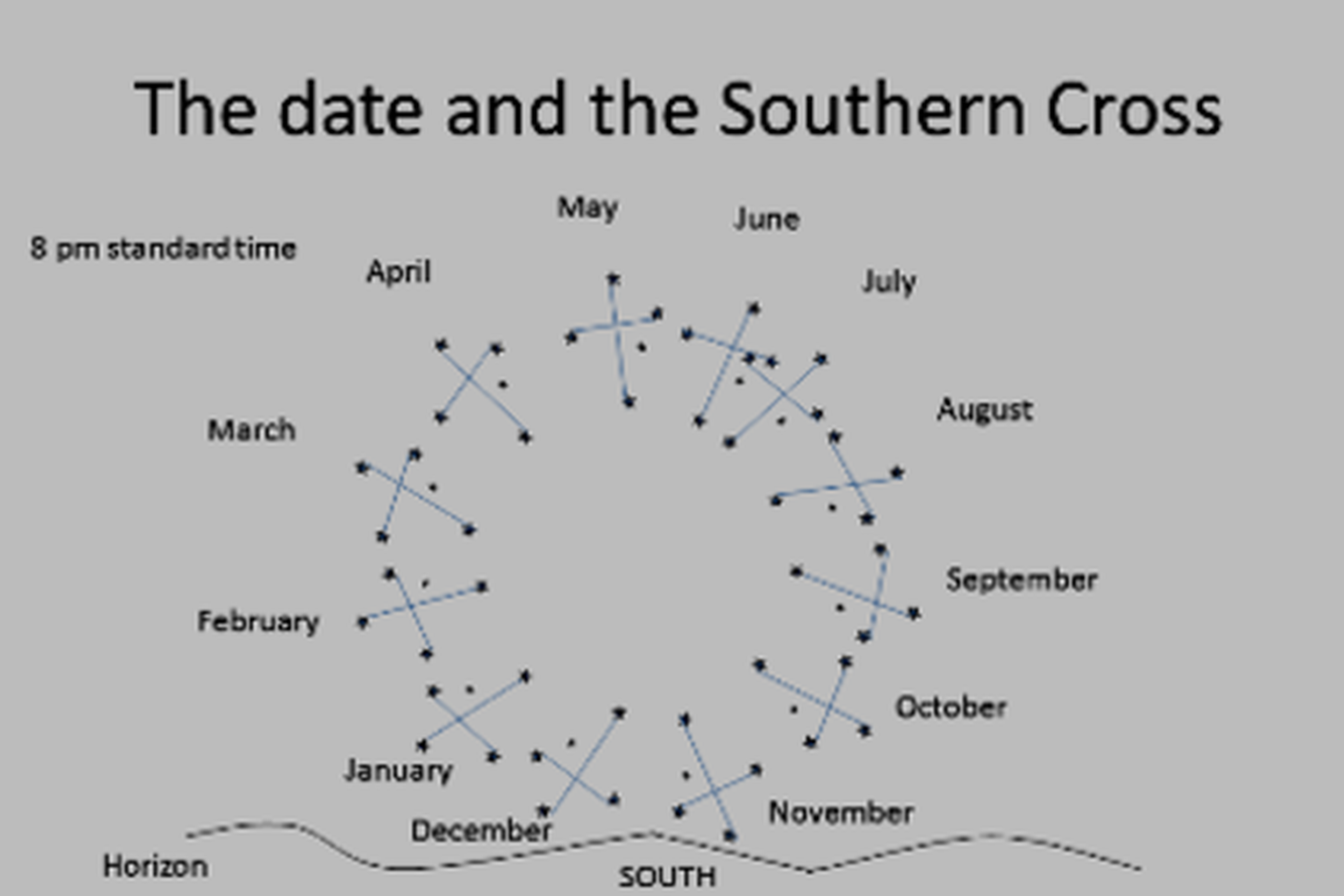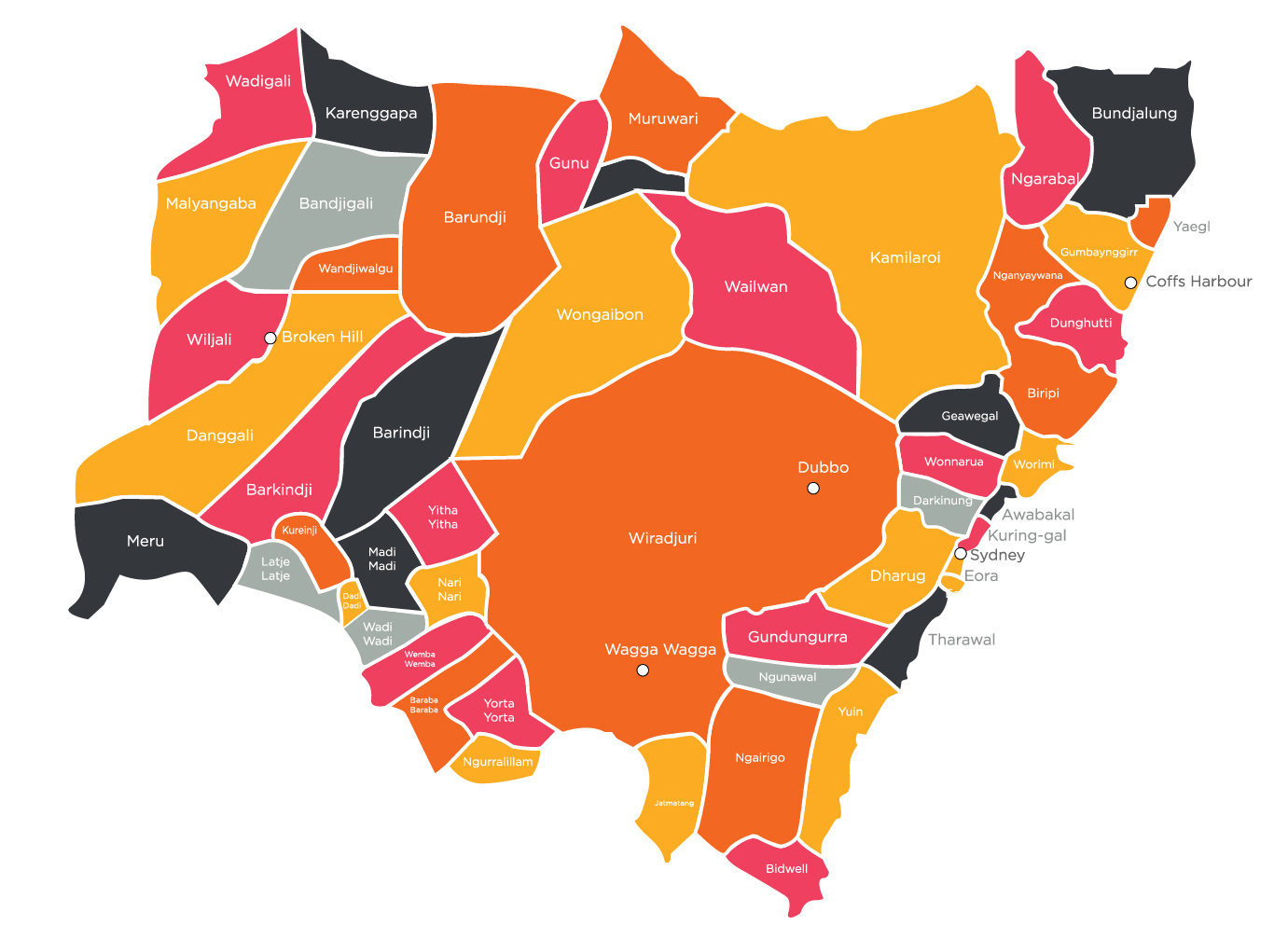
AsianOverland.net
Tour Guide - Itinerary
Asian Overland Sydney to London
Started 22/06/2022 Finished 21/06/2023365 Days ITINERARY
Day 364 date 20/06/2023PORT AUGUSTA to MUNGO NATIONAL PARK
ASIANOVERLAND.NET SYDNEY TO LONDON DAY 364: PORT AUGUSTA TO MUNGO NATIONAL PARK, NEW SOUTH WALES
Port August has been a major crossroad for tens of thousands of years.
To the north east of Port Augusta is Ikara–Flinders Ranges National Park, in South Australia's largest mountain range, the Flinders Ranges. The Heysen Trail and Mawson Trails pass through the park.
The park's Wilpena Pound is a large, sickle-shaped, natural amphitheatre covering nearly 80 km², including St Mary Peak (1,170 metres). On 12 February 2016 the park was renamed to include the Adnyamathanha word, Ikara, "meeting place", the traditional name for Wilpena Pound. The park has Aboriginal rock art sites and a rock formation called the Great Wall of China is just outside the park.
To the east is Mungo National Park, including Mungo Man and Mungo Woman. Mungo National Park is the traditional meeting place of the Muthi Muthi, Nyiampaar and Barkinji Aboriginal Nations. Human occupation of the area dates back to 50,000 years ago.
The central feature of Mungo National Park is Lake Mungo, the second largest of 17 ancient dry lakes, and noted for the archaeological remains in the park. The remains of Mungo Man (LM3), the oldest human remains discovered in Australia, are dated to around 40,000 years old, and are the oldest Homo sapiens (human) remains found on the Australian continent. Mungo Lady, the oldest known human to have been ritually cremated, is also within the park. They were buried on the shore of Lake Mungo, beneath the 'Walls of China', a series of lunettes on the south eastern edge of the lake.
Mungo footprints within Mungo National Park are at least 20,000 years old, and seemed to walk straight out of the last ice age when they were re-discovered at Willandra Lakes in 2003. The footprints had been exposed before 2003, as local Aboriginal Mutthi Mutthi people already knew they were there.
They are the oldest footprints ever found in Australia and the largest set of ice age footprints in the world. There are more than 25 individual tracks, including children milling around their parents' ankles, a hunter sprinting at 12 miles an hour, mud squelching between his bare toes, and a dead animal being dragged along the shore of a lake.
With the help of First Nations peoples, the archaeologists have found 457 prints beneath sand dunes in the park. The tracks include toddler-size prints and a "bigfoot" set of prints belonging to a 6ft 6in man, with size 12 feet, who was pursuing an unknown prey, possibly water birds. They also include footprints of a one-legged man who appears to have hopped some distance without a walking stick or other assistance. Most of the footprints are human, but there are also marsupial and emu tracks.
Willandra Lakes and Eastern Australia were full of freshwater, tropical plants and animals for most of Aboriginal history, and certainly when Mungo Man and Woman lived, and when the Mungo footprints were made.
When the first European, Thomas Mitchell, travelled from the east along the Darling River in 1848, his wagon wheels left “Mitchell’s Track” in the moist soil. Mitchell’s Track was visible for decades after Mitchell passed through.
Mitchell and Sturt (1849) both recorded "permanent huts" facing in the same direction, with an open fire in front of each hut. Sturt recorded (at page 254) :
"The huts also faced the north-west, and each had a smaller one attached to it as shown in the sketch."
If we live in a hut facing north-west, we are able to view every evening's sunset from the shortest day in winter (tomorrow, the winter solstice in the southern hemisphere), to the longest day of the year (in 6 months time, the summer solstice). In other words, every hut facing north-west can view the sun setting at different times and in different positions (from west-north-west, to west, to west-south-west), over an entire year, when the sun comes back again for the winter solstice, the shortest day of the year in the southern hemisphere.
Time scales are difficult to perceive or identify with, but if one day represents 100 years, Mungo Man was here over a year ago (more than 36,500 years), the Mungo footprints were made 200 days ago (20,000 years), and Sturt and Mitchell, the first European explorers to visit the area, arrived today, during the 364th day of the year (200 years ago).
© This work is copyright. Apart from any use permitted under the Copyright Act 1968, no part may be reproduced by any process, nor may any other exclusive right be exercised, without the permission of Peter Searle, peter@portseavillageresort.com; 1980-2024.
Website built by Justin O’Dea www.webdeveloperdocklands.com.au





